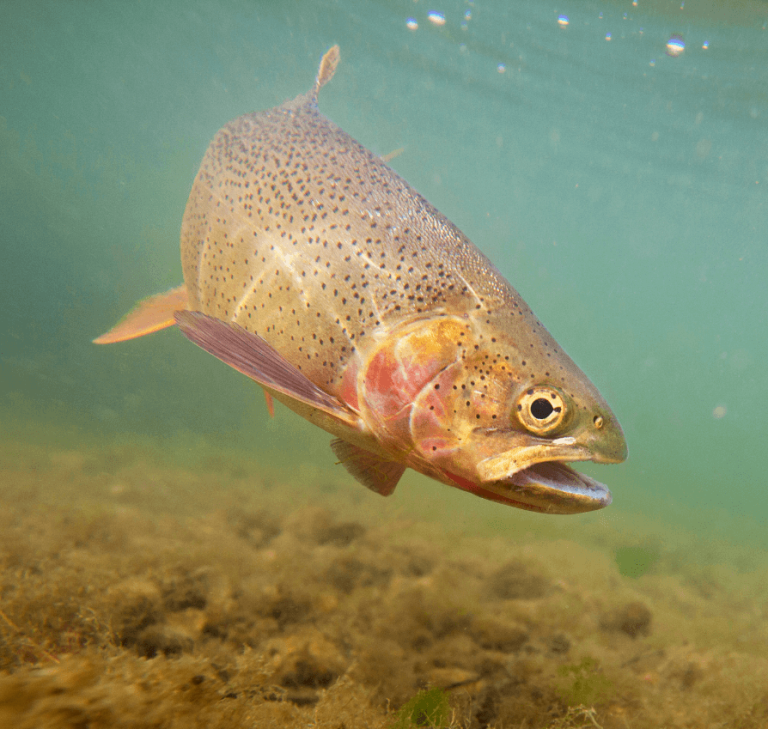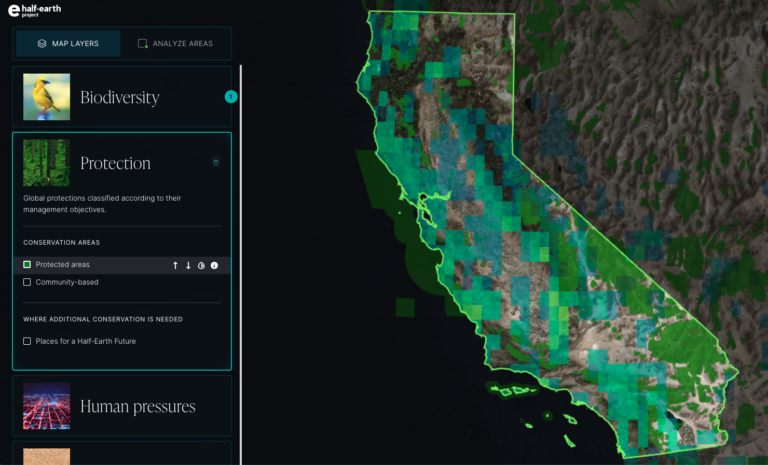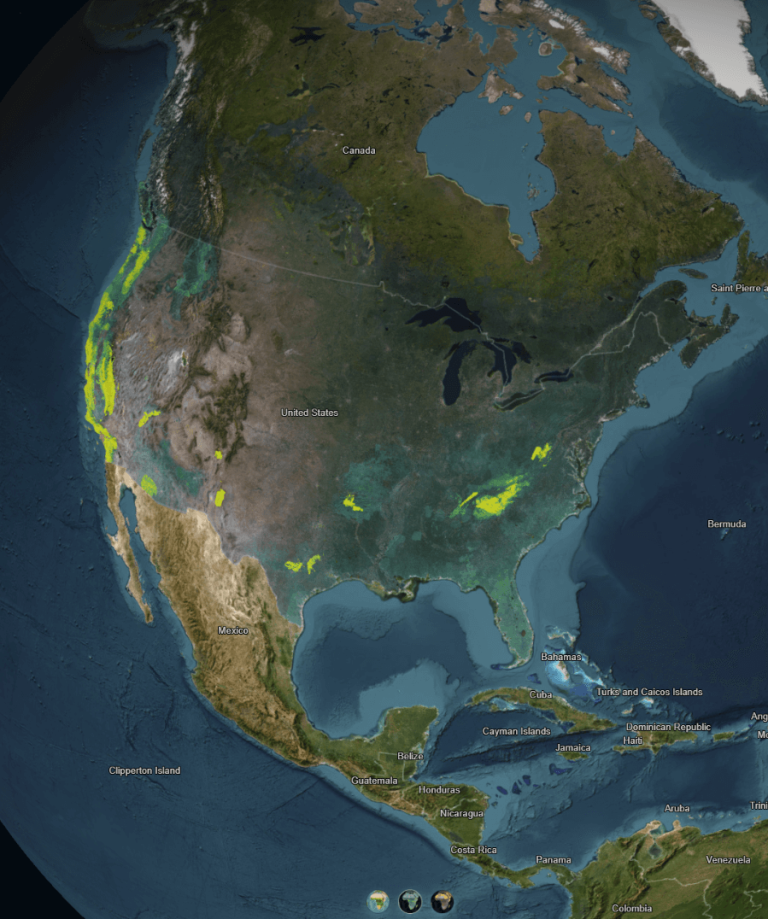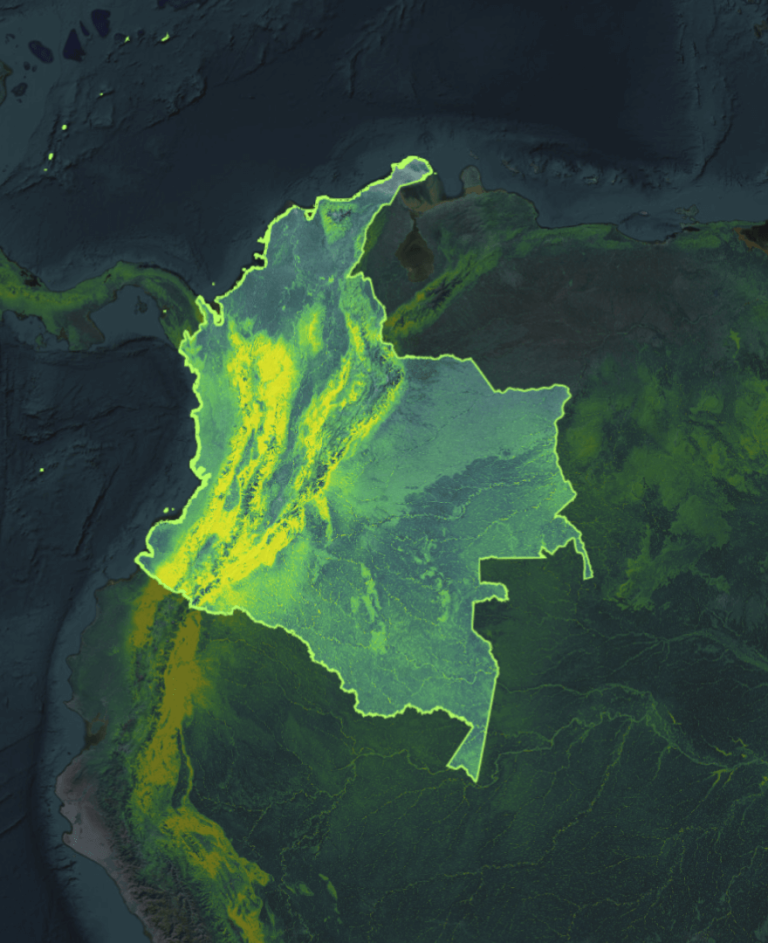The Richness and Rarity of Hummingbirds
Overview
This series of lessons focuses on the many species of hummingbirds to prompt students to ask questions about species diversity, habitats, interactions, and conservation. The lessons focus on several exceptional online resources, based on authentic research data, that support instructor-guided student-inquiry. Each lesson within this series may be used alone or in any combination. A video collection also offers preparatory guidance to teachers on using the different interactive tools.
20 - 50 mins.
Six lessons, ranging from 20-50 minutes each.
Subjects
Middle School Life Science, High School Biology, AP Biology, Environmental Science, AP Environmental Science, College Environmental Science, Natural Resources, Ecology, Conservation Biology, Environmental Studies
You will need:
Printed Paper maps
Digital map files
Online half-earth map
- GIS Story Maps, Guided Inquiry, Video Tutorial
- Class Period, Homework, Multi-day
- Abundance, Biodiversity Hotspot, Birds, Citizen Science, Endangered Species, Featured Ambassadors, Habitat, Land-based Species, Map of Life, Priority Places, Species Discovery, Species Rarity, Terrestrial, Vertebrates
- High School, Middle School
The Richness and Rarity of Hummingbirds
Learning Objectives
- Build student skills in data analysis and mapping tools to prompt scientific inquiry into important questions concerning species interactions, and why different species live where they do
- Students are also led to question issues of data completeness and evenness
- Interactive tools encourage students to explore local and global patterns of hummingbird biodiversity particularly related to species range, richness, and rarity
Key Terms + Conditions
- Threatened and Endangered Species
- Patterns of Biodiversity
- Mapping
- Data Visualization
- Species Range
- Species Rarity and Richness
- Biodiversity Indicator
- Guided Inquiry
- Student engagement with authentic research data
Lesson Resources
- Lesson plan
- Lesson guides (video series)
- Hummingbirds and Half-Earth – An Introduction
- Hummingbirds and Half-Earth – Where do Hummingbirds Live? Activity 2
- Hummingbirds and Half-Earth – Compare Hummingbird Ranges in the Map of Life, Activities 3 – 4
- Hummingbirds and Half-Earth – Not Just Where, But How Many? Activity 5
- Hummingbirds and Half-Earth – How Do Hummingbirds Depend on Other Species?
- Storymap: The Richness of Hummingbirds
Top tips for Instructors
Spark inquiry by asking students to identify the range or richness of hummingbirds on the Half-Earth Map. This can prompt discussions about why hummingbirds appear in one area but not another, for example. Alternatively, students can zoom in on a particular section of the map and apply data layers to explore human impacts on hummingbird distribution.
Data visualization and animation from resources like eBird can demonstrate the power of citizen science and real-time, interactive data tools.







